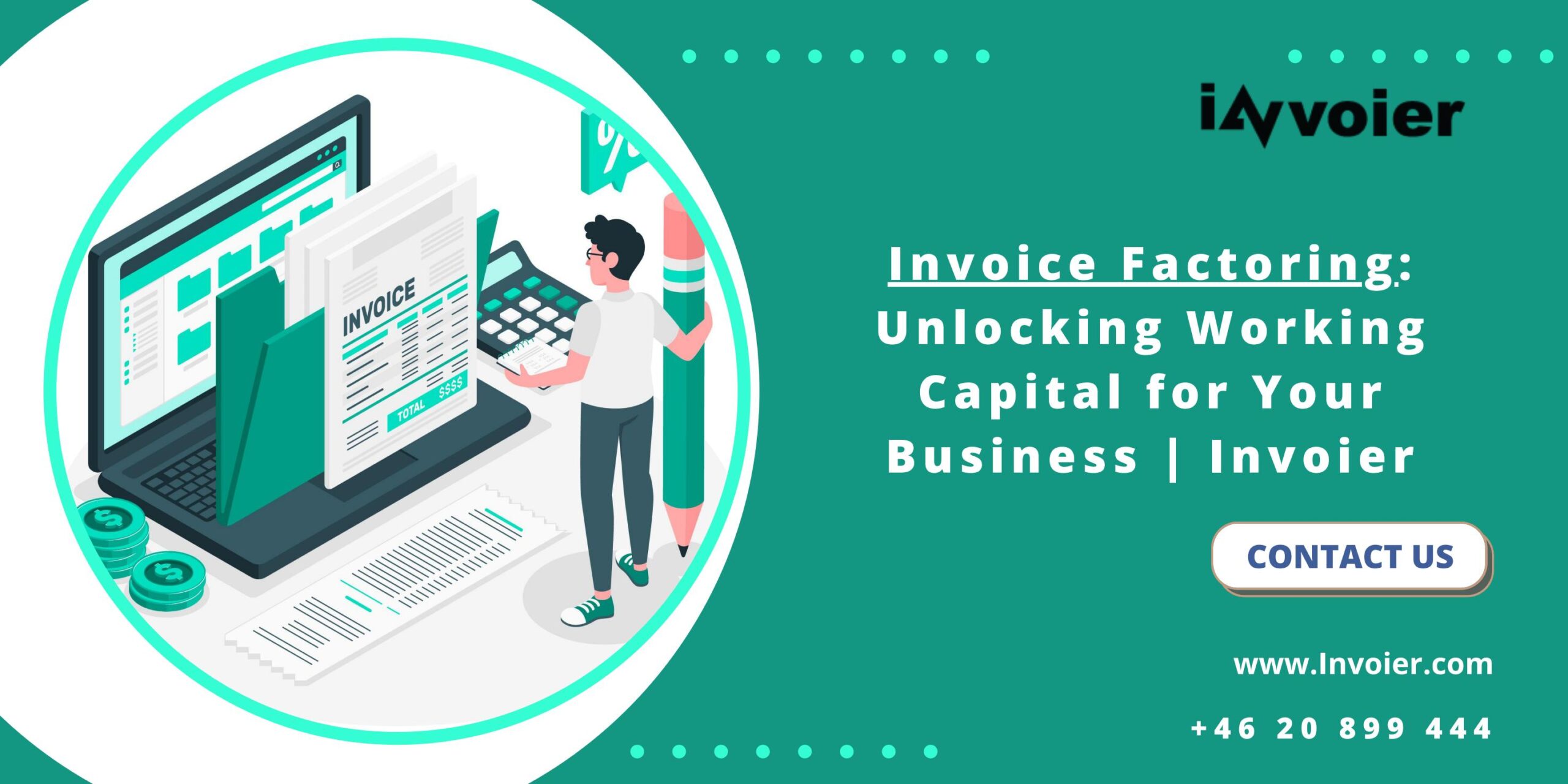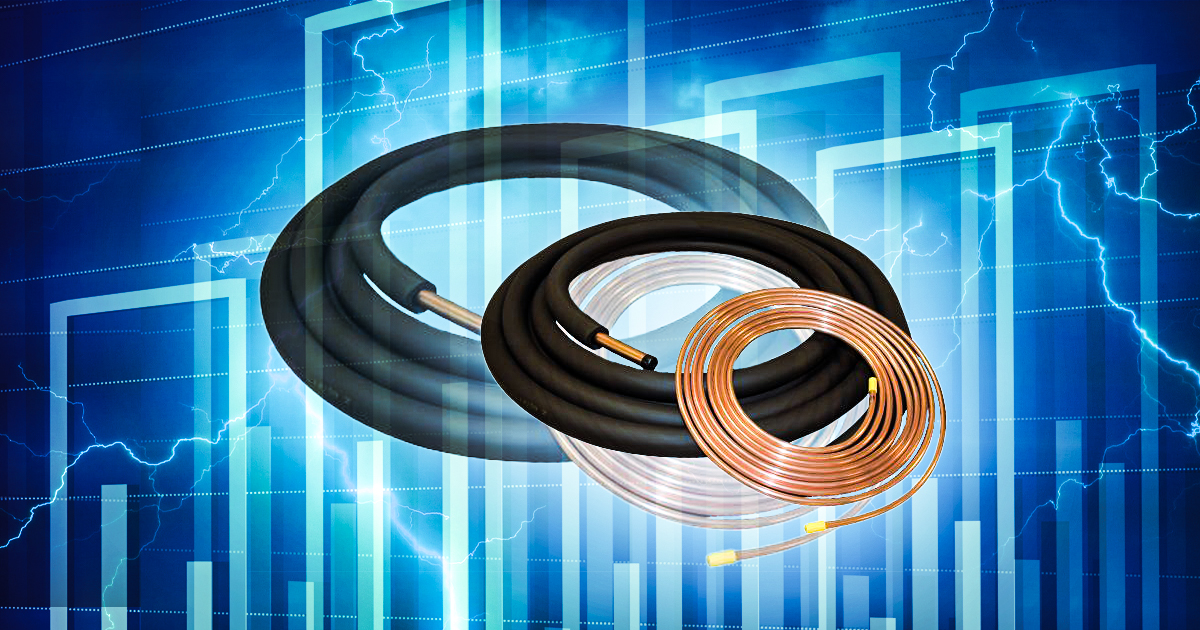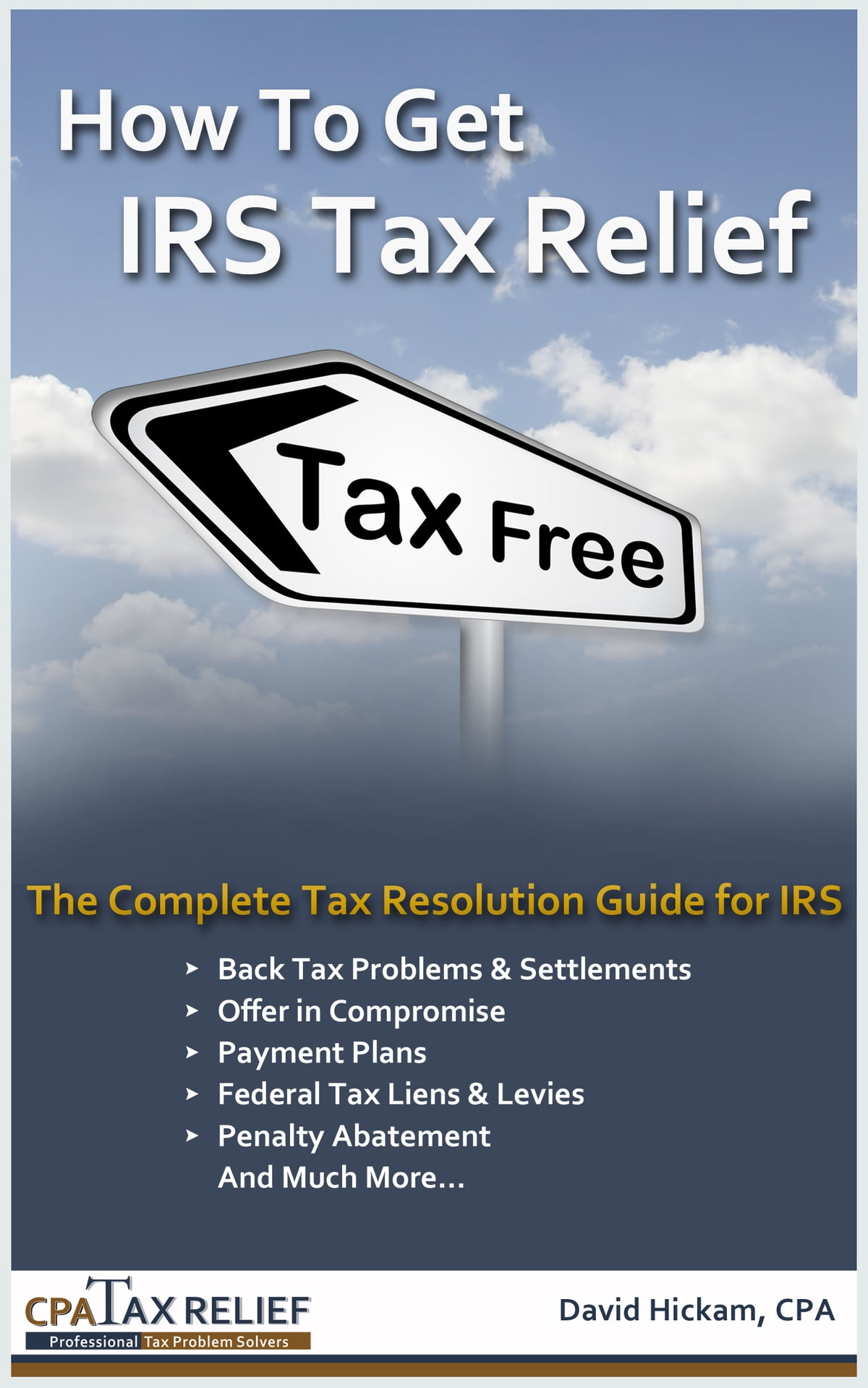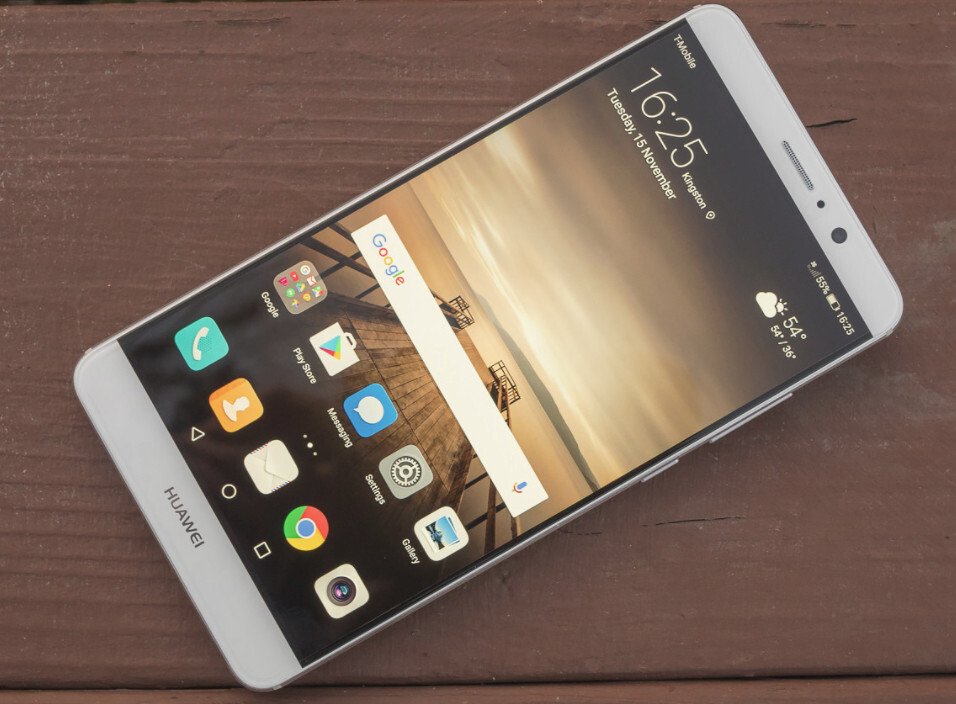In today’s digital age, having a checking account is essential for managing your finances effectively. Whether you’re receiving a paycheck, paying bills, or making everyday purchases, a checking account provides a convenient and secure way to handle your money. If you’re new to using a checking account or want to improve your financial management skills, this article will guide you through the process step by step. From opening an account to mastering online banking, we’ll cover everything you need to know to make the most of your checking account.
What Is A Checking Account?
A checking account is a type of bank account that allows you to deposit and withdraw funds for daily transactions. It provides you with a safe and convenient place to store your money, access it easily, and keep track of your expenses. Unlike a savings account, which is primarily used for long-term savings, a checking account is designed for everyday spending and financial management.
Different Types Of Checking Accounts
Banks offer various types of checking accounts to suit different needs. Some common types include:
1. Basic Checking Account: This is a no-frills account with low or no monthly fees and minimal requirements. It’s suitable for individuals who prefer simplicity and don’t require extensive banking services.
2. Interest-Bearing Checking Account: This type of account allows you to earn interest on the balance maintained in your checking account. It’s a good option if you maintain a higher account balance and want your money to work for you.
3. Student Checking Account: Designed specifically for students, these accounts often come with special perks such as no monthly fees, overdraft protection, and additional benefits tailored to student needs.
4. Joint Checking Account: A joint account allows two or more individuals, such as spouses or business partners, to share the account and manage their finances together.
Benefits Of Having A Checking Account
Having a checking account offers several advantages:
1. Convenience: With a checking account, you can easily deposit and withdraw money whenever you need it. It eliminates the hassle of carrying large amounts of cash and provides a secure way to make payments.
2. Payment Options: A checking account enables you to make payments conveniently using various methods such as checks, debit cards, online transfers, and mobile payments. It offers flexibility in managing your financial transactions.
3. Bill Payment: Many checking accounts provide the option to pay bills online, saving you time and effort. You can set up automatic payments for recurring bills, ensuring timely payments and avoiding late fees.
4. Record Keeping: With a checking account, you receive detailed statements that track your transactions. This helps you maintain a record of your spending, making it easier to budget and manage your finances effectively.
5. Safety and Security: Keeping your money in a checking account is much safer than storing large amounts of cash at home. Banks have security measures in place to protect your funds, and you can easily monitor your account for any suspicious activity.
Opening A Checking Account And Choosing The Right Bank
When opening a checking account, it’s important to choose the right bank that meets your needs. Consider factors such as fees, account features, customer service, branch locations, and online banking options. Research different banks and compare their offerings to find the one that aligns with your requirements.
Gather The Required Documents
To open a checking account, you’ll typically need the following documents:
1. Identification: Provide a valid government-issued ID, such as a driver’s license or passport.
2. Social Security Number: Banks often require your Social Security number for identity verification.
3. Proof of Address: Present a document that verifies your residential address, such as a utility bill or lease agreement.
Fill Out The Account Application
Visit the bank’s branch or their website to fill out an account application. Provide accurate personal information, including your name, address, contact details, and Social Security number. Review the application carefully before submitting it to ensure accuracy.
Deposit Funds To Activate The Account
Most banks require an initial deposit to activate your checking account. The minimum deposit amount varies, so check with the bank beforehand. You can typically deposit funds via cash, check, or online transfer. Once the account is activated, you’ll receive a welcome kit containing your account details and debit card.
Managing Your Checking Account And Tracking Your Transactions
To effectively manage your checking account, it’s important to track your transactions regularly. Keep a record of deposits, withdrawals, and purchases to monitor your spending and ensure your account balance remains accurate. This can be done manually by maintaining a checkbook register or by using online banking tools and mobile apps provided by your bank.
Balancing Your Checkbook
Balancing your checkbook involves comparing your recorded transactions with the bank statement to ensure they match. This helps identify any discrepancies, such as errors or unauthorized charges. Reconciling your account regularly ensures accuracy and helps you identify any fraudulent activity promptly.
Setting Up Direct Deposits
Direct deposit allows your employer to deposit your salary or wages directly into your checking account. It eliminates the need for physical checks and ensures timely and secure payment. Contact your employer’s HR department or payroll service to set up direct deposit, providing them with your account details.
Using Mobile Banking Apps
Most banks offer mobile banking apps that allow you to manage your checking account on the go. These apps enable you to check your balance, transfer funds, pay bills, deposit checks through mobile check deposit, and receive real-time notifications for account activity. Download your bank’s mobile app and set it up for convenient account management.
Making Deposits And Withdrawals
Depositing Checks
To deposit a check into your checking account, follow these steps:
1. Endorse the Check: Sign the back of the check and write “For Deposit
Apologies for the interruption. Here’s the continuation of the article:
Only” followed by your signature. This ensures that the check can only be deposited into your account.
2. Visit the Bank: Go to the nearest branch of your bank or use the bank’s mobile app for remote check deposit.
3. Complete the Deposit Slip: If you’re visiting the branch, fill out a deposit slip with your account number and the amount you’re depositing. If you’re using the mobile app, follow the instructions to capture images of the front and back of the check.
4. Submit the Deposit: Hand the deposit slip and the check to the teller if you’re visiting the branch, or submit the check through the mobile app as instructed. The funds will be deposited into your account, usually within one to two business days.
Using ATMs
Most banks have ATMs where you can deposit cash or checks into your checking account. Follow these steps:
1. Insert Your Debit Card: Insert your debit card into the ATM.
2. Select “Deposit”: Choose the “Deposit” option on the ATM screen.
3. Follow the Instructions: The ATM will guide you through the process. For cash deposits, insert the bills into the designated slot. For check deposits, endorse the check and follow the instructions to insert it into the ATM.
4. Confirm the Deposit: Verify the amount you’re depositing and confirm the transaction.
Writing Checks
Writing checks allows you to make payments directly from your checking account. Follow these steps:
1. Fill Out the Check: Write the date, the recipient’s name, the payment amount in numerical and written form, and sign the check.
2. Record the Transaction: Make a note of the payment in your checkbook register or using your bank’s online banking tools.
3. Submit the Check: Give the check to the recipient, who will deposit or cash it.
Transferring Funds Between Accounts
If you have multiple accounts with the same bank, you can transfer funds between them. Most banks offer online transfer services or allow you to transfer funds through their mobile app. Follow the instructions provided by your bank to initiate the transfer, specifying the accounts involved and the amount to be transferred.
Understanding Overdrafts And Fees
Overdraft Protection Options
Overdrafts occur when you spend more money than you have available in your checking account. To avoid overdraft fees, consider the following options:
1. Opting Out: Some banks allow you to opt out of overdraft protection, meaning your transactions will be declined if there are insufficient funds in your account. This avoids overdraft fees but may result in declined payments.
2. Linking Accounts: Linking a savings account or a line of credit to your checking account can provide automatic transfers to cover any overdrafts. This helps avoid overdraft fees, but you may incur interest or transfer fees.
Avoiding Overdraft Fees
To avoid overdraft fees, it’s essential to manage your account carefully. Keep track of your transactions, maintain a buffer in your account, and set up account alerts to notify you when your balance is low. Additionally, consider enrolling in text or email notifications for account balance updates.
Understanding Other Common Fees
Apart from overdraft fees, checking accounts may have other fees associated with services such as:
1. Monthly Maintenance Fee: Some banks charge a monthly fee for maintaining a checking account. Look for accounts with no or low monthly fees, especially if you’re a student or maintain a minimum account balance.
2. ATM Fees: Using ATMs outside your bank’s network may result in fees. Look for banks that offer fee-free ATM access or reimburse ATM fees.
3. Paper Statement Fees: Banks may charge a fee if you opt to receive paper statements. Switch to electronic statements to avoid these fees.
4. Stop Payment Fee: If you need to stop payment on a check, some banks charge a fee for this service.
5. Wire Transfer Fees: Sending or receiving wire transfers may incur fees. Check with your bank for their specific charges.
To minimize fees, carefully review the fee schedule provided by your bank and consider choosing an account that offers fee waivers or discounts based on certain criteria, such as maintaining a minimum balance or signing up for additional services.
Online Banking and Bill Payment
Enrolling in Online Banking
Online banking provides convenient access to your checking account 24/7. To enroll in online banking:
1. Visit the bank’s website.
2. Look for the “Enroll” or “Sign Up” option for online banking.
3. Follow the prompts to provide your personal information and set up a username and password.
4. Verify your account through the provided verification process.
Once enrolled, you can log in to your online banking portal using your username and password to access your account information, view transactions, and perform various banking tasks.
Paying Bills Online
Online bill payment allows you to pay your bills electronically from your checking account. To set up online bill payment:
1. Log in to your online banking account.
2. Look for the bill payment section or “Pay Bills” option.
3. Add your payees by providing their information, such as name, address, and account number.
4. Set up recurring or one-time payments for your bills.
5. Verify and confirm your payments before submitting them.
Online bill payment saves time and eliminates the need for writing checks or sending payments by mail. It also provides a record of your payments for future reference.
Setting Up Automatic Payments
Setting up automatic payments for recurring bills is a convenient way to ensure timely payments. Most billers offer options to set up automatic withdrawals from your checking account. Contact your billers or log in to your online banking account to set up automatic payments, specifying the payment amount and schedule.
Monitoring Your Account Online
With online banking, you can monitor your checking account activity in real-time. Regularly review your account statements, transaction history, and account balances. Look out for any suspicious or unauthorized activity and report it to your bank immediately.
Keeping Your Account Secure
Creating Strong Passwords
Protect your checking account by creating strong and unique passwords. Use a combination of uppercase and lowercase letters, numbers, and symbols. Avoid using easily guessable passwords such as your name or birthdate. Consider using a password manager to securely store and generate passwords.
Protecting Your Personal Information
Safeguard your personal information to prevent identity theft or unauthorized access to your checking account. Follow these best practices:
1. Avoid sharing sensitive information, such as account numbers or passwords, through email or text messages.
2. Be cautious when providing personal information over the phone, ensuring you’re speaking to a trusted source.
3. Regularly update your contact information with your bank to ensure you receive important notifications and alerts.
Monitoring Your Account For Fraudulent Activity
Regularly review your checking account transactions for any unauthorized or fraudulent activity. If you notice any suspicious transactions, contact your bank immediately to report the activity and request further investigation. Most banks have systems in place to protect against fraudulent activity, but it’s essential to remain vigilant.
Using Two-Factor Authentication
Two-factor authentication adds an extra layer of security to your online banking. Enable this feature if your bank offers it. Two-factor authentication typically requires you to provide a unique code generated through an authentication app or sent via text message in addition to your password when logging in to your account.
Maximizing Your Checking Account
Taking Advantage of Rewards Programs
Some banks offer rewards programs associated with their checking accounts. These programs allow you to earn points, cashback, or other rewards based on your account activity. Take advantage of these programs by understanding the eligibility criteria, earning potential, and redemption options. Common rewards include travel rewards, merchandise discounts, or even cashback on certain purchases.
Utilizing Additional Account Features
Many checking accounts come with additional features that can enhance your banking experience. Some common features include:
1. Overdraft Protection: Opt for overdraft protection to avoid declined transactions and overdraft fees. This feature may include automatic transfers from a linked savings account or a line of credit.
2. ATM Access: Check if your bank provides fee-free ATM access or reimburses ATM fees incurred at other banks’ ATMs.
3. Mobile Check Deposit: Take advantage of mobile check deposit functionality offered by your bank’s mobile app. This allows you to deposit checks by simply taking photos of the front and back of the check.
4. Account Alerts: Set up account alerts to receive notifications about low balances, large transactions, or other account activities. These alerts help you stay on top of your account and detect any unusual activity.
By utilizing these additional features, you can maximize the benefits and convenience of your checking account.
Conclusion
In conclusion, a checking account is a valuable financial tool that provides convenience, security, and flexibility for managing your day-to-day transactions. By understanding how to use a checking account effectively, you can take control of your finances, streamline your payment processes, and enjoy the benefits of online banking and bill payment.
Remember to choose the right bank, gather the necessary documents, and carefully manage your account by tracking transactions, balancing your checkbook, and setting up direct deposits and automatic payments. Stay vigilant against fraud and take advantage of online banking features, rewards programs, and other account benefits offered by your bank.
By utilizing these strategies, you can make the most of your checking account and enjoy a hassle-free banking experience.






